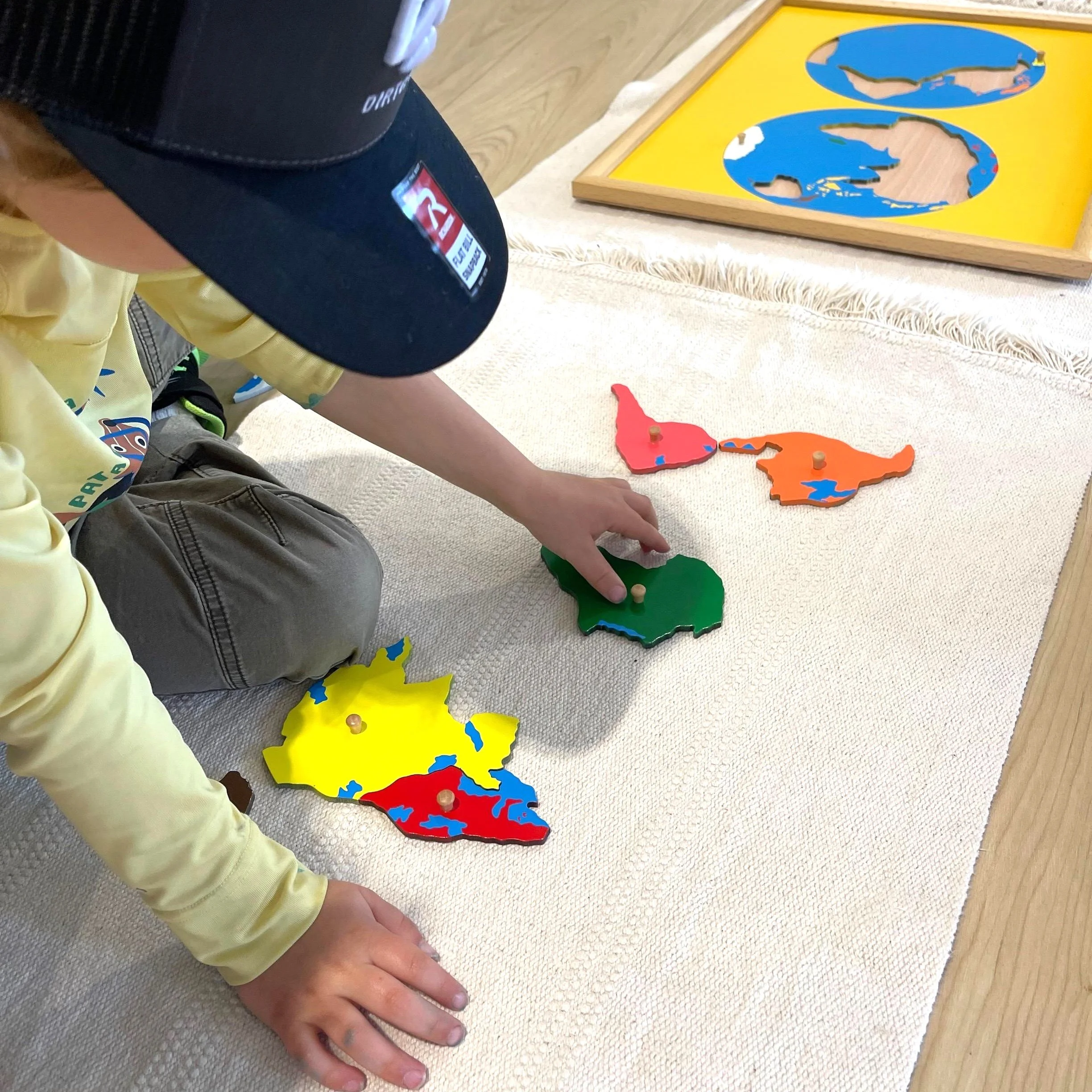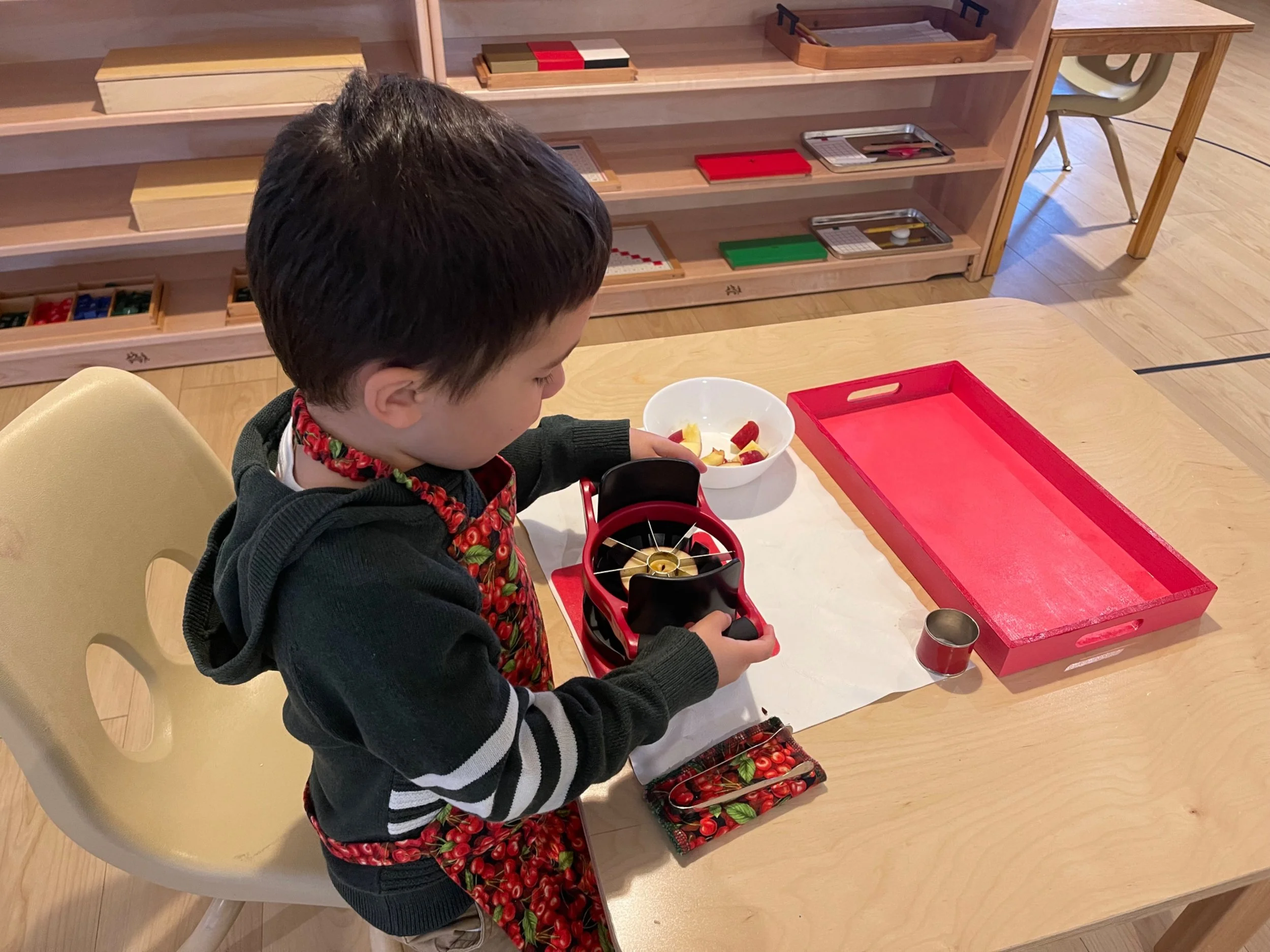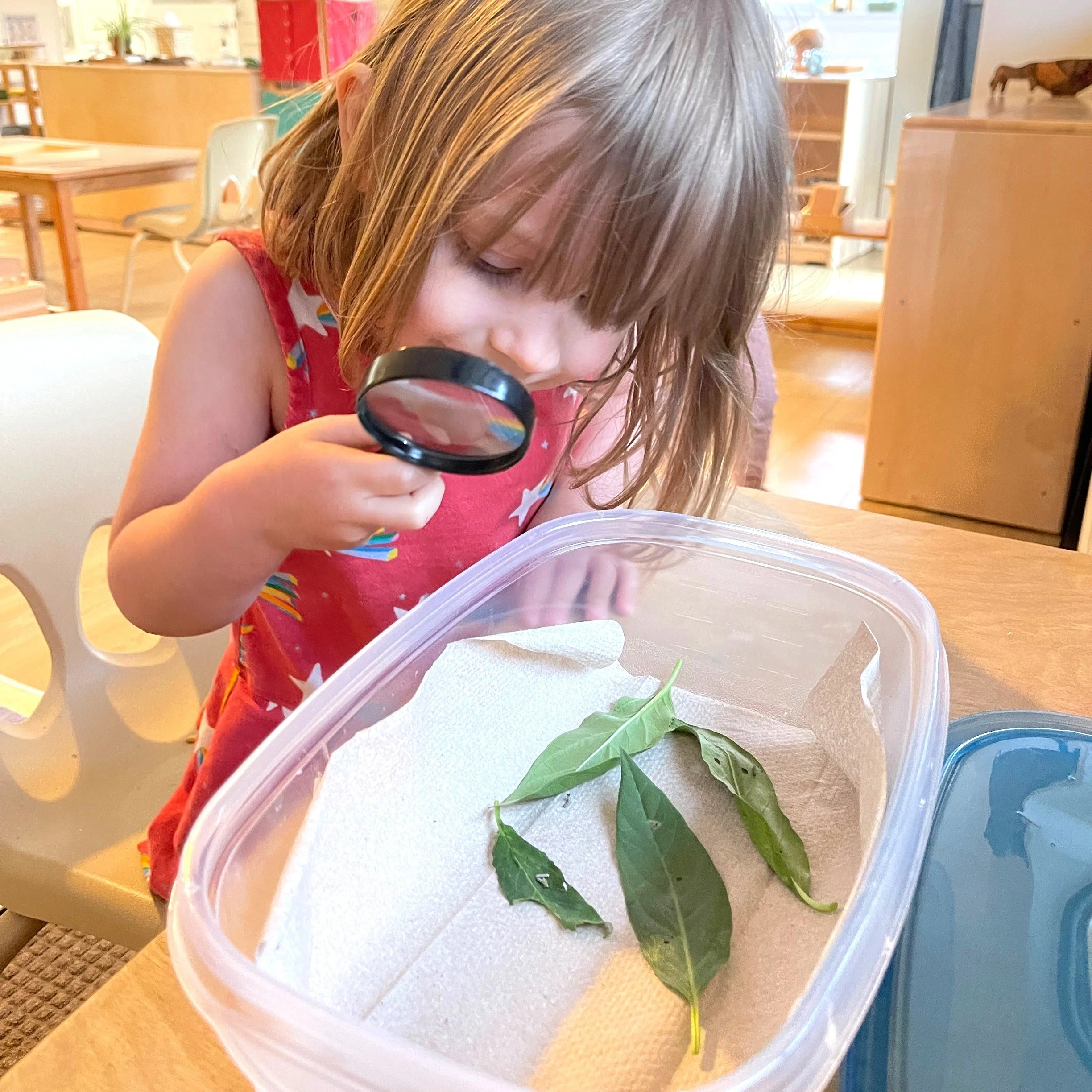Fantasy vs. Reality in the Montessori Method
A Montessori Perspective: Reality vs. Fantasy
As Montessorians, we recognize that very young children have a difficult time distinguishing the difference between reality and fantasy, and that blending the two within their own experience can be confusing. Based on Dr. Montessori’s observations, we also know that children in the first plane of development (age birth to six) prefer reality to fantasy. Children are fascinated with the natural world. There is no need to tell a child about unicorns when they are so interested in horses, other animals, plants, and insects. At their age, the real world provides much inspiration and learning for their young minds.
So what does reality vs. fantasy look like in the classroom?
Instead of playing with a toy kitchen, children prepare snacks and meals with appropriate kitchen tools. Rather than reading or listening to a story with talking animals, they would be presented with stories about real animals or people. This approach helps the child become independent and capable in the real world around them.
Imagination in the First Plane of Development
Imagination is a natural and normal part of development. However, children in the first plane of development are exploring the real world with their senses and interacting with their environment. Their brains are busy categorizing new information and finding order in their world. Because of this, it’s more developmentally appropriate to give our youngest students real and authentic opportunities. Once they’ve developed knowledge of the real world, usually around the age of six, then their imagination starts to take off.
Imagination In the Second Plane of Development
Dr. Maria Montessori noticed that around the time when a child turns six, there is a unique shift in their way of thinking. She deemed this next stage in the child’s life the “second plane of development.” During this stage, children are able to distinguish reality from fantasy and have a desire to use their imagination. This plane of development continues to approximately age twelve. Dr. Montessori noticed that children are motivated to learn using their imagination during this plane, so in the spirit of following the child, Montessori encouraged children to develop their imaginations through abstract thought.
For example, during the second plane of development, a guide might share a history lesson and ask the child to imagine themselves in a similar situation. Writing elaborate stories is a common activity at this age. Empathizing and writing help to develop the child’s imagination, eventually allowing them to find their own place in society through their thoughts and ideas.
When it comes to fantasy vs. reality in Montessori, the key is following the child and meeting their needs from a developmental standpoint.



